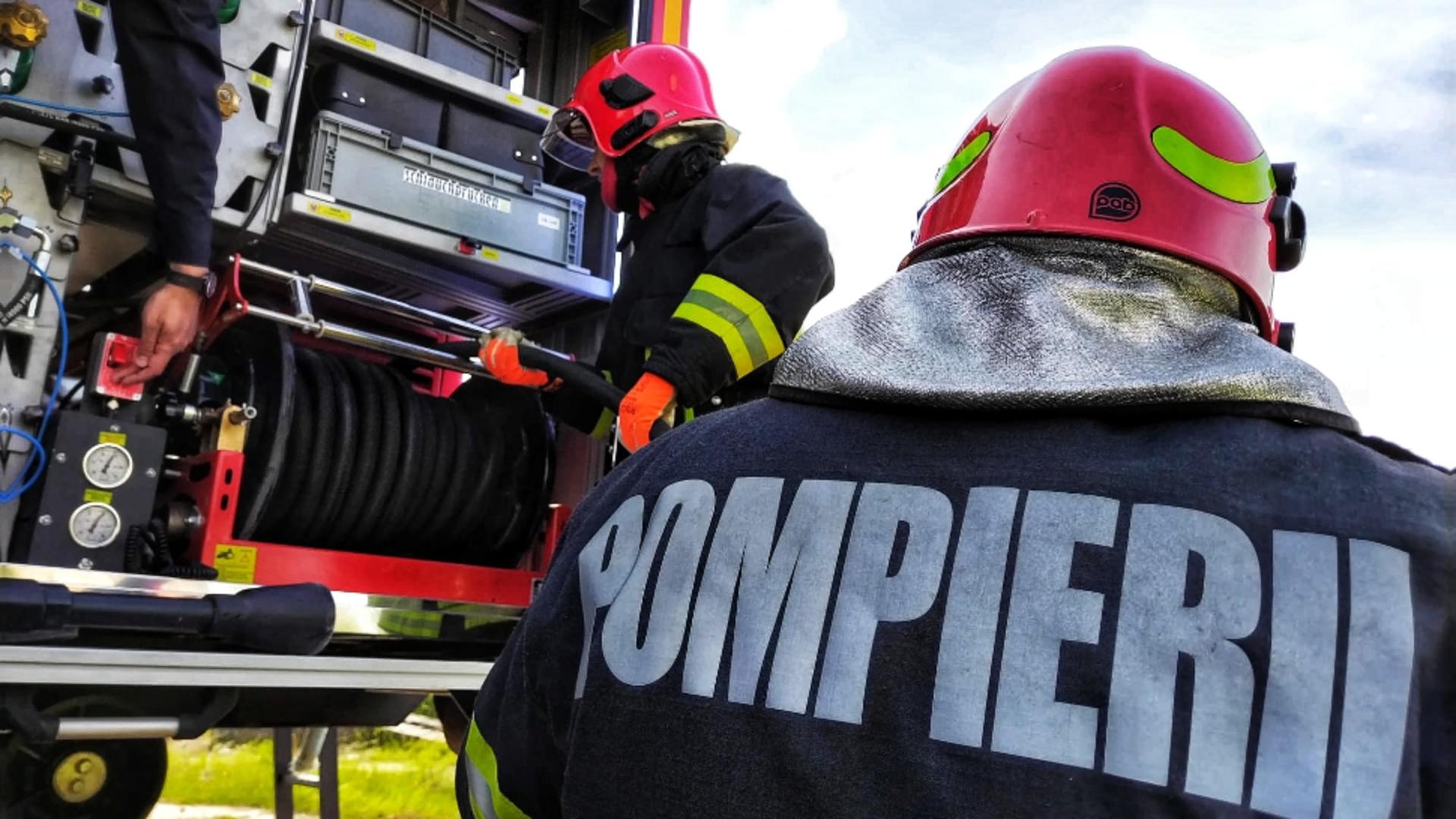Q: Back in the 1970s, I was working as a mechanic for a while. The shop I worked for had a tire truing machine that would rotate the tire while the blades would remove tread slowly until the tire had regained its round shape. Fast forward 50 years, and I, like many others with all-wheel drive, acquired a puncture in a location that could not be repaired, which required the purchase of a new tire. Since the new tire had a different diameter than the other three, I had to replace all four tires and get rid of three usable tires. Seems to me that the purchase of one new tire and having the amount of tread removed so that it matches the other three would be a better choice. Your opinion?
M.C., Manitou Springs, Colorado
A: The technique you mention is known as tire shaving. There is only one place that I know of that does this, Tire Rack (tirerack.com). This is not only a rare technique, but the machines are also rare and it requires a skill that very few have.
Q: I have a 2007 Ford F-150 with a 5.4-liter engine that just turned 200,000 miles. It runs great. I am thinking of purchasing a superchips tuner with the idea of enhancing the performance a little more. I would like to know your thoughts on the subject of these tuners and if positive, do you have any recommendations?
R.A., Las Vegas
A: Make sure the performance chip doesn’t void the vehicle’s warranty. Although your warranty has probably expired, keep in mind that some chips can disable some emissions systems, which could make your truck fail the smog test. Some chips require you to use premium gas and pay a premium price. I would think long and hard about my need for speed. I don’t have any specific brand recommendations, but there are lots of bogus chips on the market, so be careful.
Q: I am surprised that you did not comment about the person who disconnected his positive battery cable to remove power. You never do the positive unless you have removed the negative cable first for safety reasons.
D.M., Northbrook, Illinois
A: Good point. I was focused on answering the reader’s larger question when they stated that disconnecting the battery temporarily resolved their problem. Always, yes always, disconnect the negative cable first and reconnect it last. Why? Sparks. While removing the cable, your tool may touch the car’s metal—the electrical ground. If you are working on the positive connection, that tool contact will complete a circuit and create a spark. If the negative terminal tool contacts anything, nothing happens.
Q: About three weeks ago, we had the no-cost-to-us anti-theft device installed on our vehicle. A few days after we had it installed, we received a notice regarding what appears to be a class action lawsuit. Since I have no interest in this lawsuit can I dispose of the document I received in the mail?
W.P., Las Vegas
A: Yes.
©2024 Tribune Content Agency, LLC.





